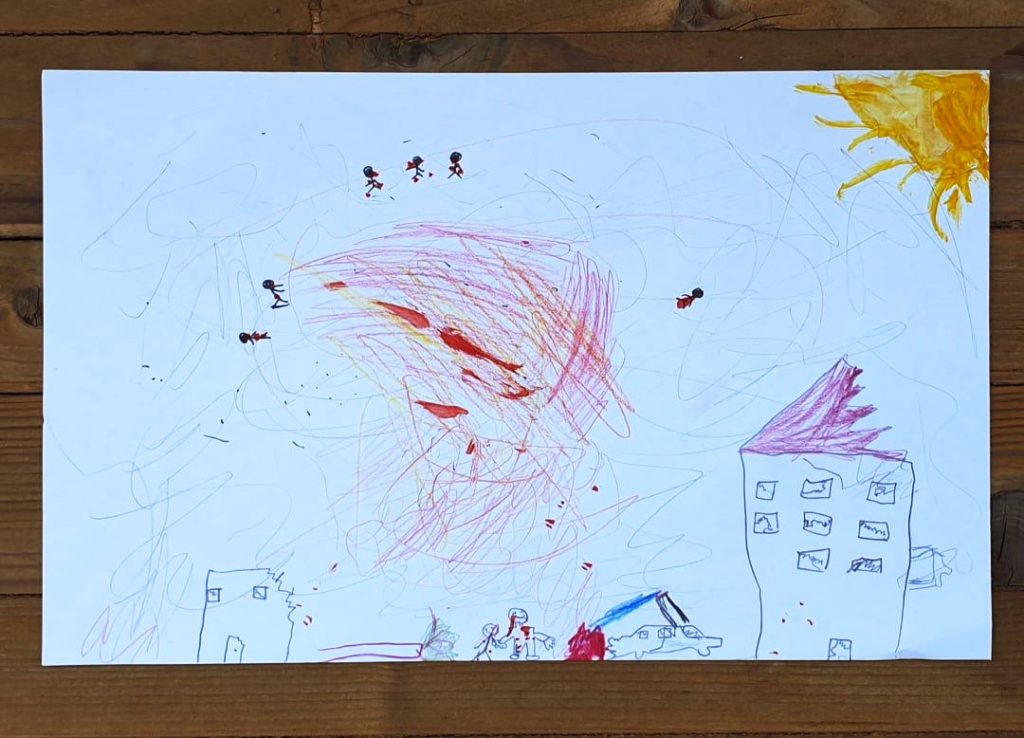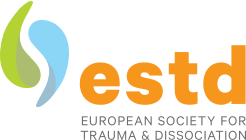The expression of PTSD through young children
More Posts
written by:
August 4th, 18:10hrs… A devastating ammonium nitrate explosion – Beirut is shred to bits! Blood-drenched, dumbstruck inhabitants roam the streets in a state of shock, children are mute, incapable of any form of expression. Desperate, they cling onto a soothing parent who attempts to explain what just happened, but even they are incapable of finding a rational explanation to the catastrophic incident. How can they assume their role as their child’s focal point for comfort and reassurance… “Mummy, Daddy, my indestructible, unfailing, UNTOUCHABLE heroes!”
Days go by, the clinic is repaired, we are overwhelmed with appointments. Young children, and not so young children, come in and attempt to express their deeply-anchored, suppressed turmoil… fear on their faces… fear at the slightest sound within their surroundings, their gaze scrutinizes every inch of the room, and finally the words come out…
“Was everything broken here too?”
We tried our best to camouflage the destruction, but the children are still searching for answers…. “Everything is broken… EVERYWHERE!” They are insecure; terror is devouring them from deep down..
PTSD… that’s what it is. How can we ask children to express themselves after having seen their blood-drenched mother, father and siblings right before their eyes? They were certainly taken into either their parents or strangers comforting arms, running for help, crossing mountains of debris, in streets crowded with screaming bloodied casualties desperately calling for help and for their loved ones. Some children never found their parents; they were the victims of a state’s fatal negligence.
The little ones are sitting right next to me…always the same words. “Will there be any more big bangs?”
How can a therapist reply? How can they reassure the child? Make them speak?
Younger children, 3 and 4 years old, refuse to talk or draw. This is where we try to introduce figurines and a playhouse but they are reluctant.
“NO! You don’t understand! It’s gone! The house is broken… ALL BROKEN!”
This is when the session comes to an end. They want to leave. Escape, denial, defense and pushback mechanisms take the lead along with sleeping disorders that may be accompanied by a kind of “apathy” or “agitation” in certain cases.
It is easier for older children to express themselves. It is often more formulated, although sometimes, we can also observe the denial mechanisms coming into action.
“Yes. I was really scared. I cried a little bit, not a lot. But now I’ve forgotten everything.”
Yet their drawings say otherwise. There are drawings of the explosion, the destruction, and bodies of victims covering the ground. (Drawing attached)

My career began during the Lebanese Civil War when I worked as a part-time clinical psychologist in a school, and my afternoons were spent in a private clinic.
Early on in the private clinic, I encountered very difficult cases that were practically impossible to diagnose. Every time I saw a child, a new “label” came to my mind and it didn’t make sense as at the end of the session, the child’s behavior would change a great deal following an adapted psychological support.
I have worked with many children with “learning difficulties,” making the difference between a cumbersome unadapted pedagogy paired with an unadapted academic pace as opposed to a child’s pace, often burdened by an “overload” of schoolwork. This academic pace has had a great number of consequences such as frequently mixing up pathologies, such as ADHD, ADD, Dyslexia, Dysorthography etc. Children ended up being excluded from the academic system, since there was no support system in place at this time.
In 1987, I opened a specialized center for autistic children. CDDP (Centre de Diagnostic et de développement pour la Personne) Working and offering therapy to these children is a passion. I worked exclusively with a team of clinical psychologists, and together we established specialized programs inspired by American programs (TEACCH, LOVAAS, ABA), keeping a ratio of “one to one” or “one to two”.
Today, we work following the same structure. In the morning we welcome our autistic children and in the afternoon we have clinical consultations, which include a wide range of children’s “difficulties” that are specific to the culture and context in which they live and with adults.

In their little heads, they are unwell, very unwell. The victims, who sought refuge in their country homes, develop the “urban phobia”. The terror that ravaged them is crystallized in the city. There is a flat refusal coupled with anger and panic attacks to get in the car and return to their house in the city of Beirut.
The fear of death has become a certainty. Death hides in every corner.
“I am alone! My indestructible, unfailing, UNTOUCHABLE heroes were affected, wounded, handicapped or destroyed. How can they protect me if it happens again?”
Healing all this takes time. Therapy and/or parental support are key to overcoming this tragedy and helping the little ones rebuild their safe haven.
We use several therapeutic approaches to help the little ones overcome their trauma:
• Asking them to explain and to say where they were that day before and after the explosion.
• Asking them what they felt.
• Asking them to express the event through play or drawings.
• Creating a secure framework (with the child’s help) where they will be able to grow and thrive.
• Attempting to let them formulate the exact role of each parent that day.
• For the little ones who lost a parent on that tragic day, work will need to be done on the mourning process.
Danielle Pichon is a Lebanese Clinical Psychologist and Neuropsychologist, living in Beirut. Her work involves the application of a cognitive, individual and adapted program for children with autism to help them develop the “self”. This process helps to develop the autonomy and expression of the autistic child’s emotions, while supporting them to structure their references in order to fight their internal fears.
Dana El Khatib is a Clinical Psychologist and assistant to Mrs. Danielle Pichon.

